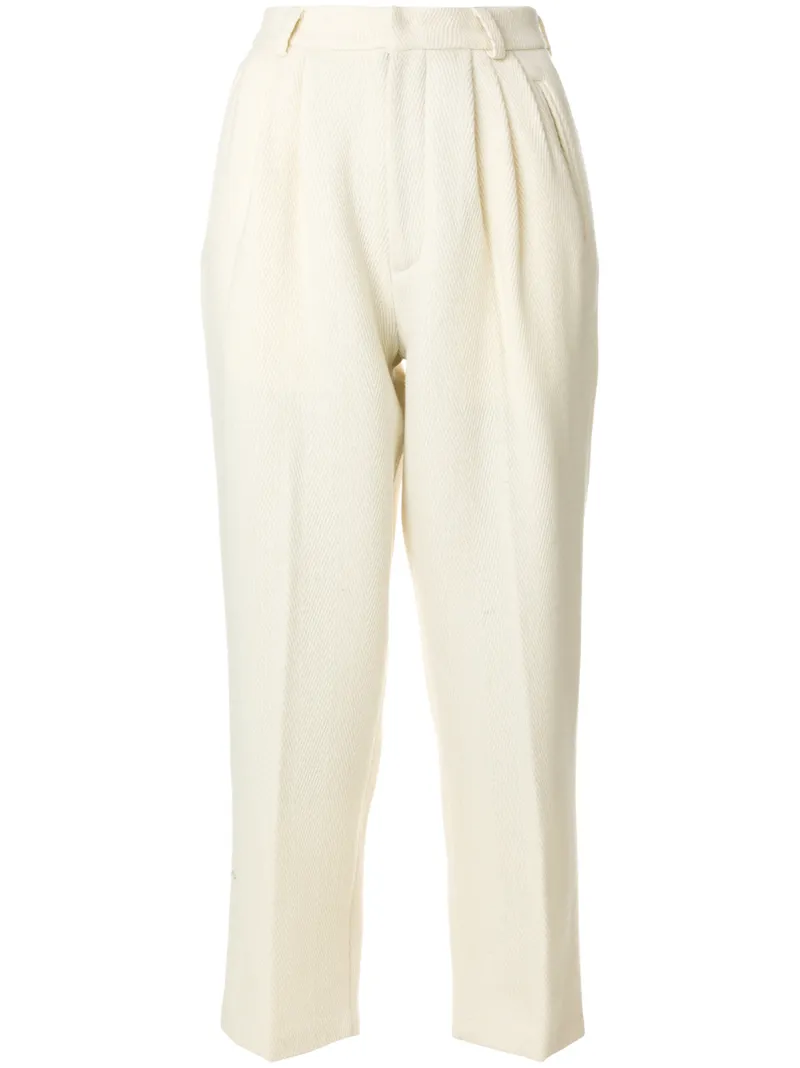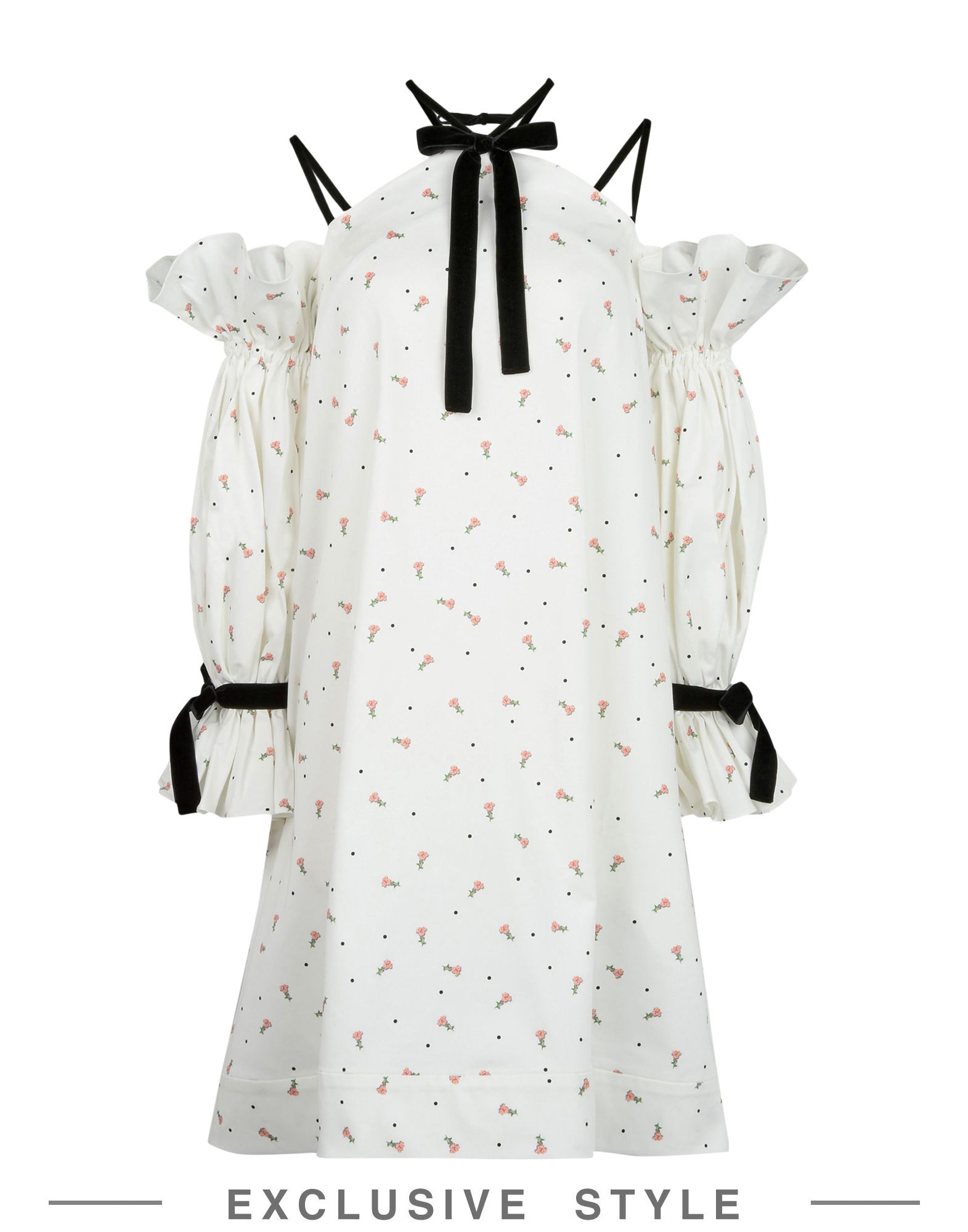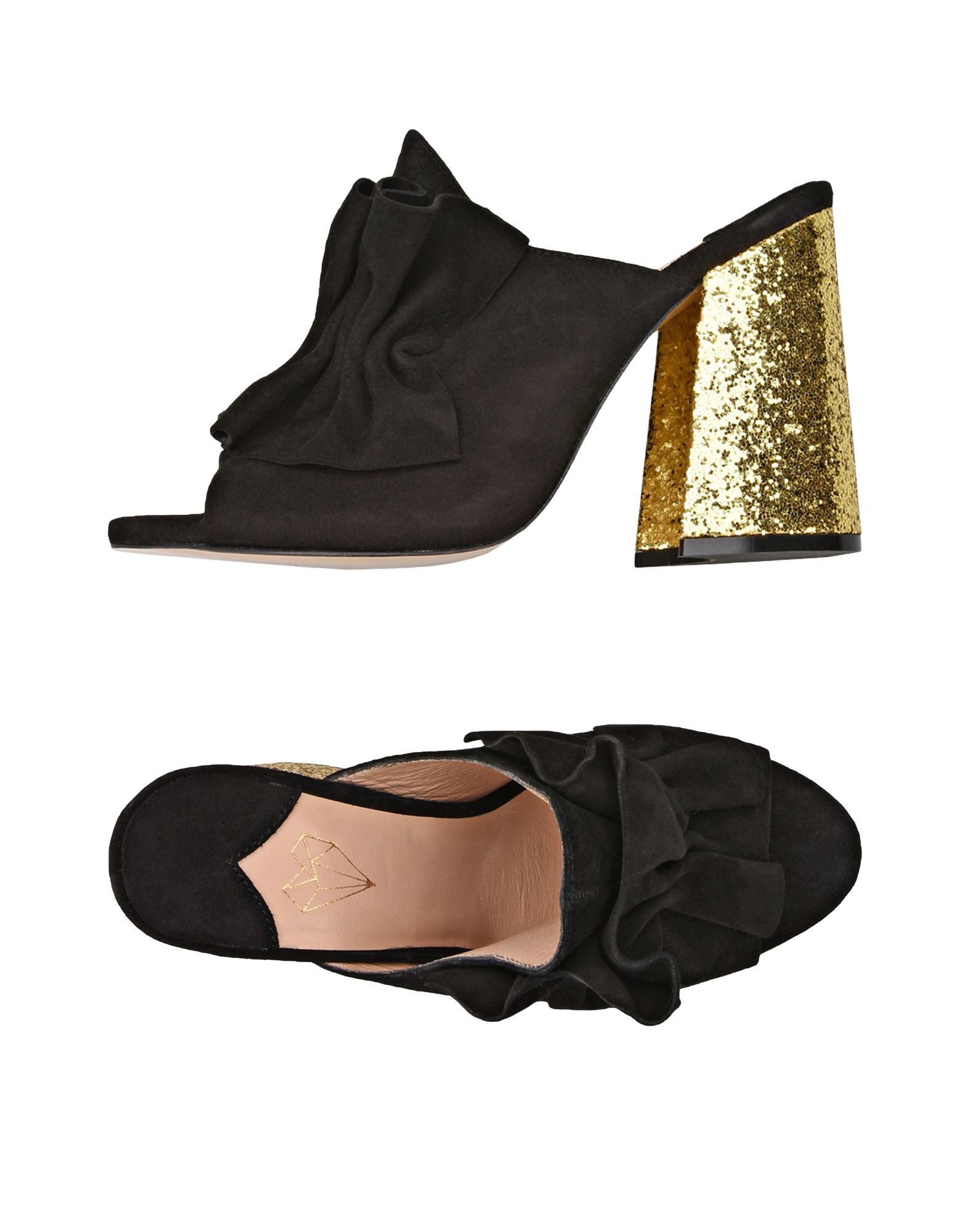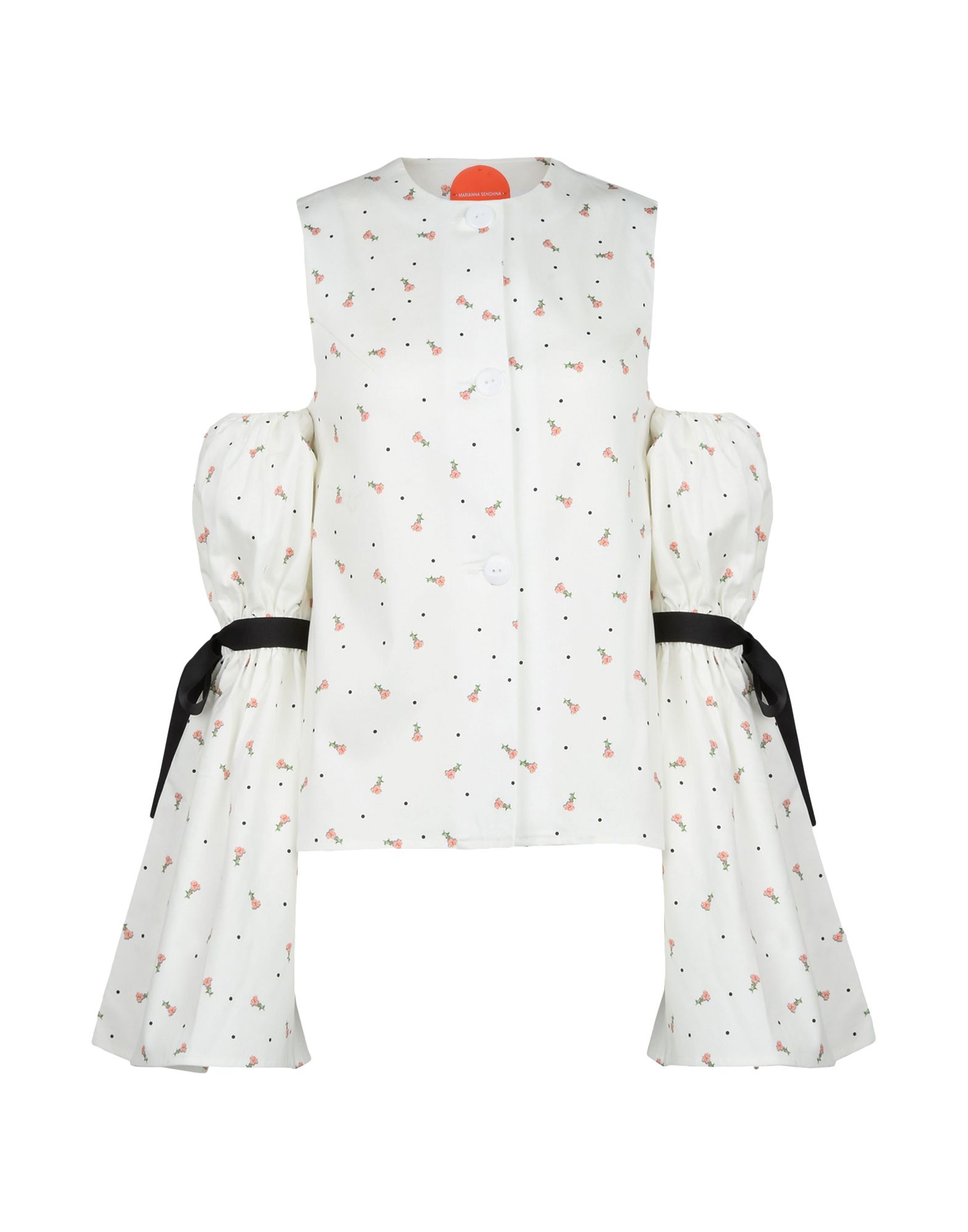Over the past few years, Eastern European designers have been making increasingly larger waves throughout the global fashion circuit. From Georgian designer Demna Gvasalia’s onboarding at Balenciaga as creative director, to Gosha Rubchinskiy’s cult following that has far-reached his own Russian roots, these talents prove the once Western-dominated fashion market has opened its eyes – and wardrobes – toward its more Eastern-lying counterparts. From Demna’s own Georgia to the Serbian capital of Belgrade, we’ve gathered three young designers from three emerging fashion capitals in Eastern Europe to talk about what makes the region so unique (and worth every minute of the media’s attention) and the future of Eastern European fashion.
IRAKLI RUSADZE Situationist / Georgia
Eastern European fashion is indeed having its moment of fame. I can’t speak on behalf of the whole of Eastern Europe, but I can name some of the reasons why interest has been raised around Georgia. In addition to a unique style and vision that Georgian designers can be proud of, I think the two main factors that have contributed to this moment are: First, the Mercedes Benz Fashion Week in Tbilisi, whose organizers do their best to support Georgian designers by bringing so many interesting guests and buyers into the country; and, secondly, Demna Gvasalia. As the creative director of Balenciaga, Demna has raised the interest and definitely brought a lot of attention towards the country.
COOLS: What do you think makes the industry there so different than what you would find in other capitals?
I think a factor of hardship has made the scene very unique. Because there’s a lack of necessary equipment, materials and skilled labor in some Eastern European countries, many of the designers here have to think outside of the box in order to achieve that same level of high quality, without the same resources.
COOLS: Where do you think the industry in Eastern Europe is headed in the future?
I am very happy that the Eastern European fashion industry is finally on the way to finding its own space in the international fashion market. I can’t make any specific prognoses, but I think that the creativity and unique vision of this “second world” would establish itself as something different from what we have seen right now [in other cities]. I think the tendency that many designers, including Situationist, have to address existing social problems via fashion, is something to be kept and treasured. For example, in our collections, we have addressed issues of Georgian women, gender binaries, issues with decriminalization and so on.
Shop Situationist

SITUATIONIST
fine chevron knit blazer - women - Polyester/Wool - 38, Nude/Neutrals, Polyester/Wool

SITUATIONIST
fine chevron knit trousers - women - Polyester/Wool - 36, Nude/Neutrals, Polyester/Wool
MARIANNA SENCHINA Marianna Senchina / Ukraine
I think the Ukraine has been building its fashion industry for a long time already, and that those collective efforts have resulted in this international acclaim. It didn’t just come overnight – we’ve been working a long time for it. Personally, I think the interest that the Western world has in us is just logical; it’s a proof of the rule that hard work pays off. Both of our fashion weeks are working hard every season so that more and more foreign journalists are coming to see the designers. And the designers keep up to the Western level of quality – well, the ones who do receive the reviews and international fame.
COOLS: What do you think makes the scene in the Ukraine, or in Eastern Europe, different from what you find in other cities?
I think the fact we are young brands works for us. We are something new with a slightly different attitude and vision of the world, but that doesn’t necessarily mean we are manipulating the fact that we are from Eastern Europe. I don’t think Rihanna wore my dress because she wanted to wear a “Ukrainian brand” – she just wanted something that was cool, good quality, and something that fit her progressive style. When I think about our uniqueness, I don’t think about Cyrillic alphabet prints on T-shirts or something like that;
COOLS: Where do you think the fashion industry in the Ukraine, in Eastern Europe, is headed in the future?
I think that there will be more and more professionals in the local fashion industry, including high-class fashion photographers, stylists, and brands, of course. I think our industry will continue to increase its professionalism, which will lead to the appearance of more and more internationally recognized designers from the Ukraine.
Shop Marianna Senchia
NEVENA IVANOVIC Neo Design / Serbia
COOLS: Lately, Eastern Europe seems to have risen to a sort of new frontier in the global fashion scene. Why do you think that is?
I think the world of fashion is always looking for some “fresh blood,” and when following only fashion scene in cities like New York, London, Paris, etc., somehow you can always predict what you’re going to see on the runway there. But, when it comes to Eastern Europe, for example, the young designers who live here are in a completely different surrounding, studying art and design in an entirely different way, and with not as much access to resources, museums, exhibitions, and materials; so we have to push our creativity to achieve something significant. Also, being somewhat excluded from the Western fashion world can be good for a designer, because we don’t have to follow the insanely fast rhythm of today’s fashion industry, we can dictate that on our own. I think this relaxed way of working is the reason we’re seeing some good results coming from Serbia.
COOLS: What do you think makes the fashion scene/industry in Serbia (and in Eastern Europe) unique from other “Western” fashion capitals?
COOLS: Where do you think the fashion industry in Serbia, and in Eastern Europe, is headed in the future?
I’ve been thinking about that a lot lately. I can already see that, year by year, we are becoming much more visible to the fashion audiences around the world. But we are also trying to strengthen our industry and to make it more independent. Building the fashion scene and industry in a poor neighborhood is a tough business, as fashion is a type of “luxurious fun,” but achieving something like that will definitely be an awesome experience.



